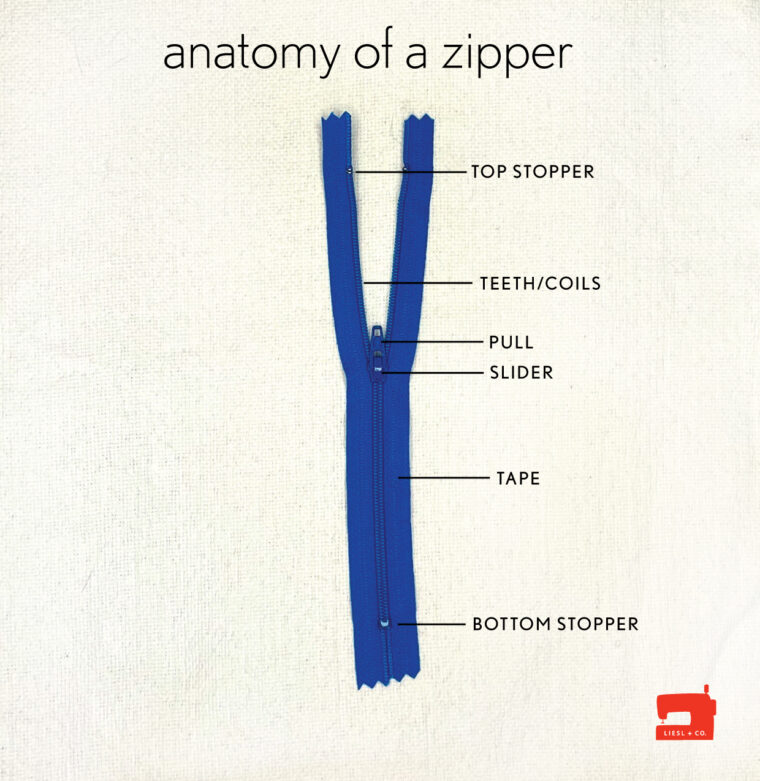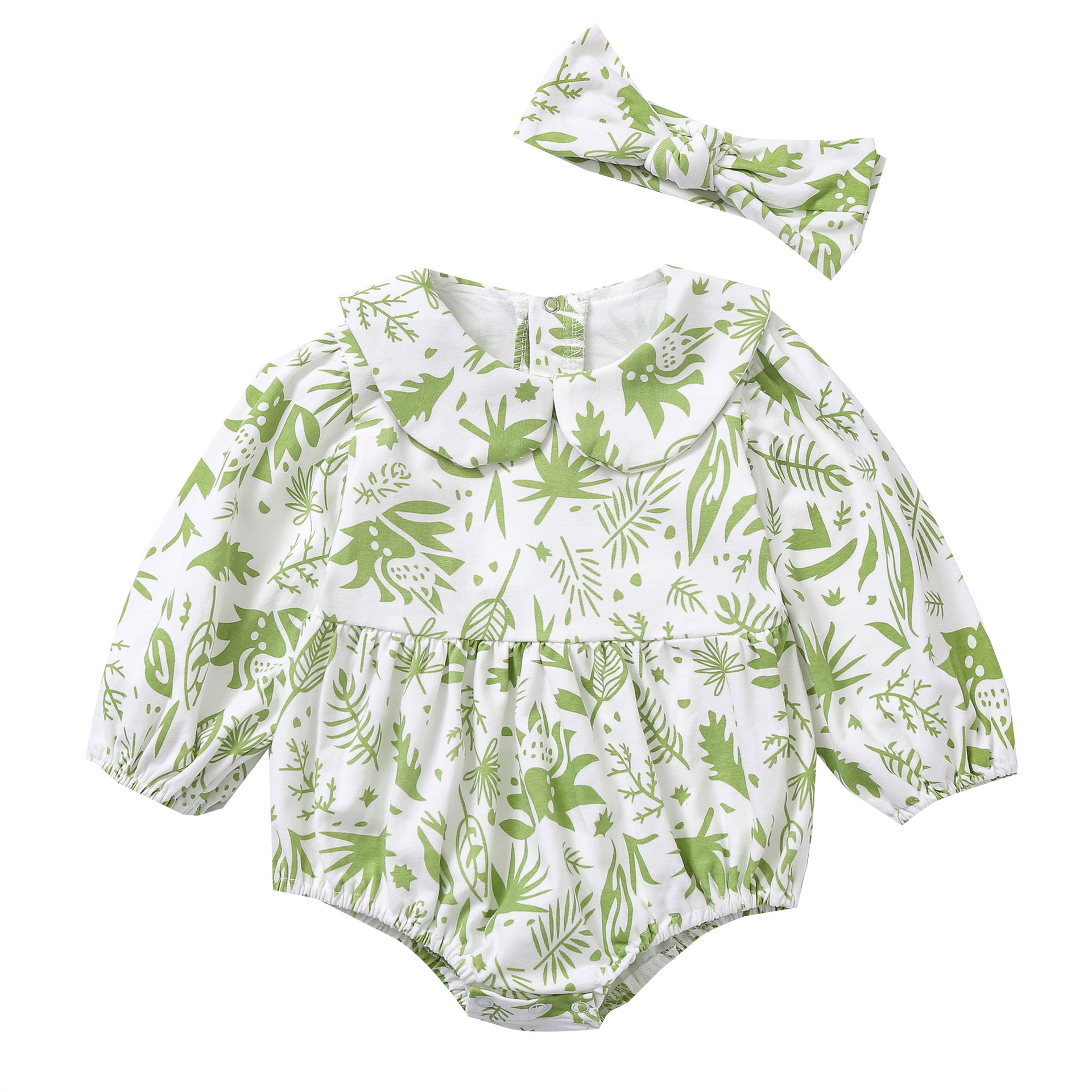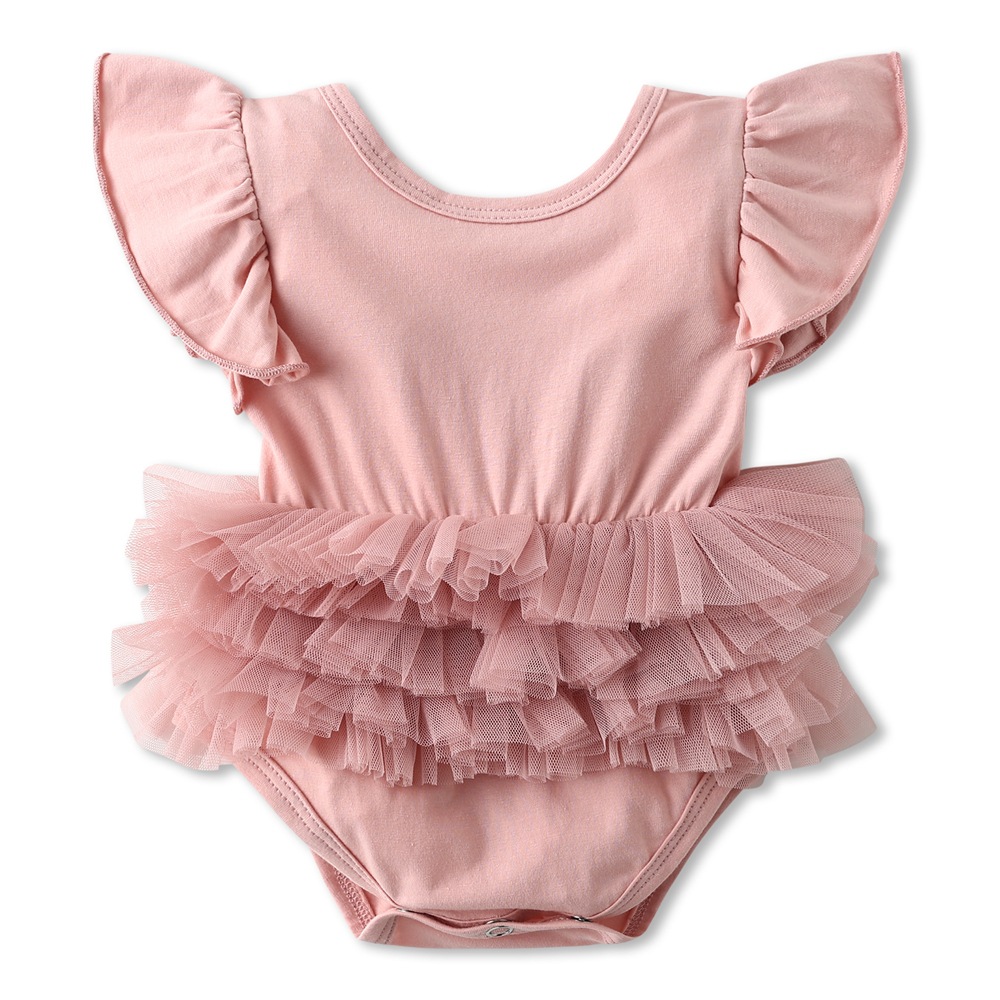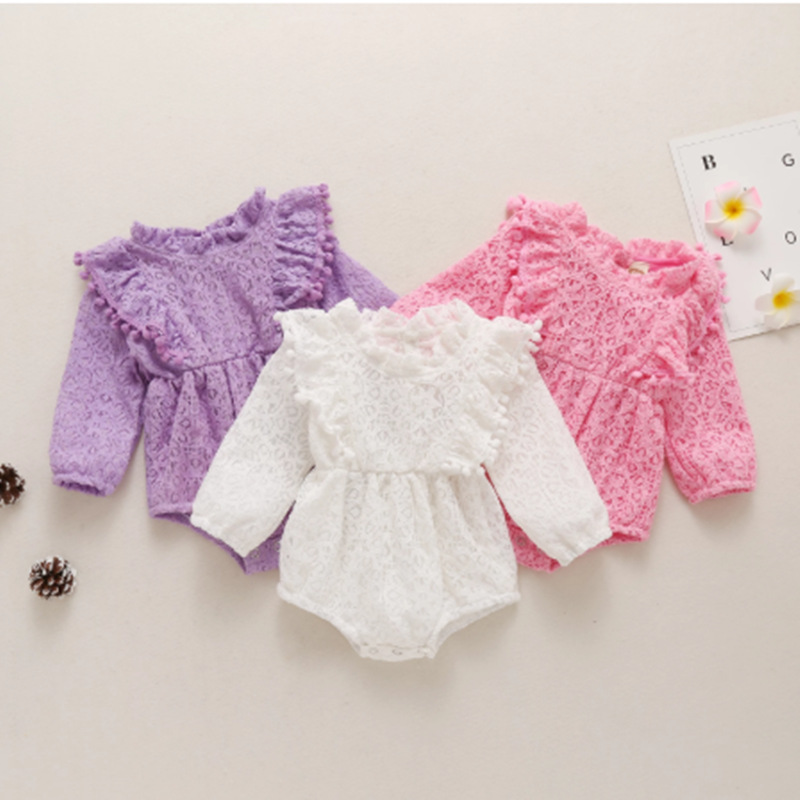If you've ever felt nervous about sewing a zipper, don't worry—this guide and some helpful tips should make the process much more manageable!

The teeth or coils of a zipper are the components that allow it to open and close. These coils are secured in place by the zipper tape, which is the part you'll actually be sewing onto your fabric. The slider is the mechanism responsible for opening and closing the zipper, while the pull is there to make moving the slider easy. At either end of the zipper, you'll find stoppers that keep the slider from slipping off.
Interestingly, an invisible zipper isn't truly invisible—it's just sewn in such a way that it blends into the garment. The tapered zipper pull is the only visible part once it's installed. People mistakenly think the zipper itself is invisible, but it's really just designed to be unobtrusive.
Tips for Sewing a Zipper
- Before you start sewing, interface or reinforce the area of the fabric where the zipper will go. This helps prevent the fabric from stretching and ensures a smooth finish.
- If you're working with an invisible zipper, open it up and press the coils flat before sewing. Doing this opens up the coils slightly, allowing you to sew closer to them for a seamless look.
- Mark the top and bottom stoppers directly on the zipper tape. This makes it easier to align everything when you're ready to sew.
- I find it helps to hand-baste the zipper tape to the seam allowances before machine sewing. It only takes a few minutes and can save you a lot of frustration later on.
- It's easier to shorten a zipper at the bottom rather than the top, so always sew from the top down. Once you've determined the desired length, use a bartack to secure the teeth or coils at the bottom to stop the slider from falling off.
- A zipper foot will make it easier to sew close to the teeth or coils. If your sewing machine doesn't come with one, they're available as accessories. Just remember that different machines may need different types of zipper feet.
- Some zipper feet are adjustable, while others are stationary. You can also experiment with different types of feet to see which works best for you. Some people prefer a specialized invisible zipper foot, while others stick to a regular zipper foot—it all comes down to personal preference.
- It's often better to use a longer zipper than necessary and trim it down as needed. This reduces the risk of the slider getting in the way during sewing.
- Always sew both sides of the zipper tape in the same direction to avoid uneven fabric alignment.
- Be cautious around the metal parts of the zipper. Accidentally sewing over metal can easily damage your needle, so proceed carefully.
- Invisible zippers can feel tricky at first, but once you get the hang of it, they're surprisingly straightforward and quick to install.
- Remember, different zippers require different installation methods. Make sure you follow specific instructions for the type of zipper you're using, whether it's an invisible, centered, or lapped zipper.
- Take a deep breath and relax! Zippers can pick up on your anxiety. Trust me, staying calm will make the process much easier.
Got any other tips or tricks to share?
What kinds of baby rompers are your most favorite style? We have unisex and special styles for baby who want to be distinctive and fashionable. Our baby rompers are usually made of cotton, and there will be some other materials to ensure comfort and do not harm the baby's skin. Bamboo fiber has become popular recently. We will also consider adding this type of style. Headband is also a very good company with rompers.




baby rompers,girls rompers,girls clothes
Shenzhen Baby Happy Industrial Co.,Ltd , https://www.bbabyshoes.com